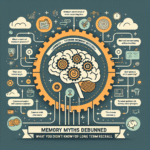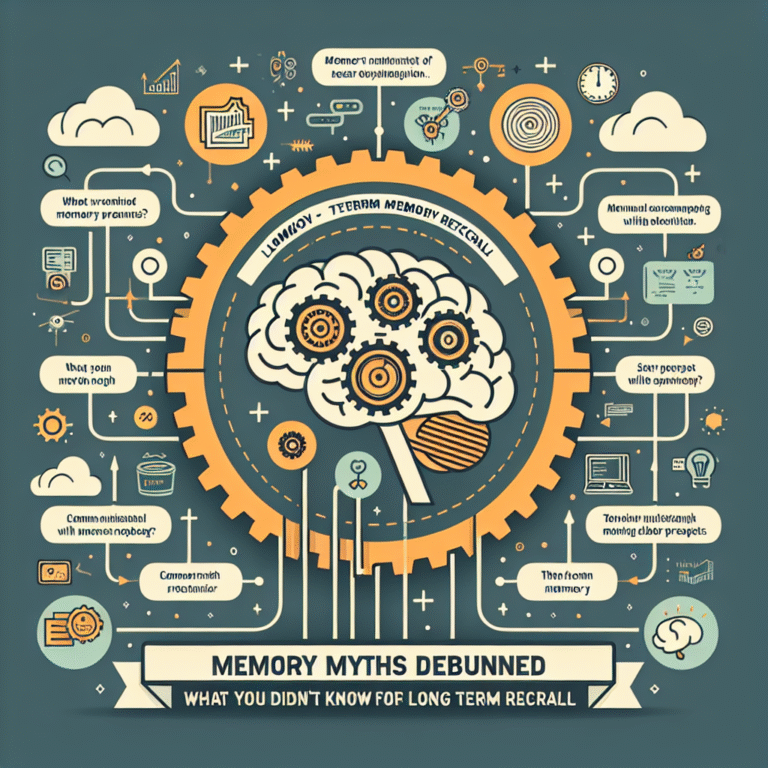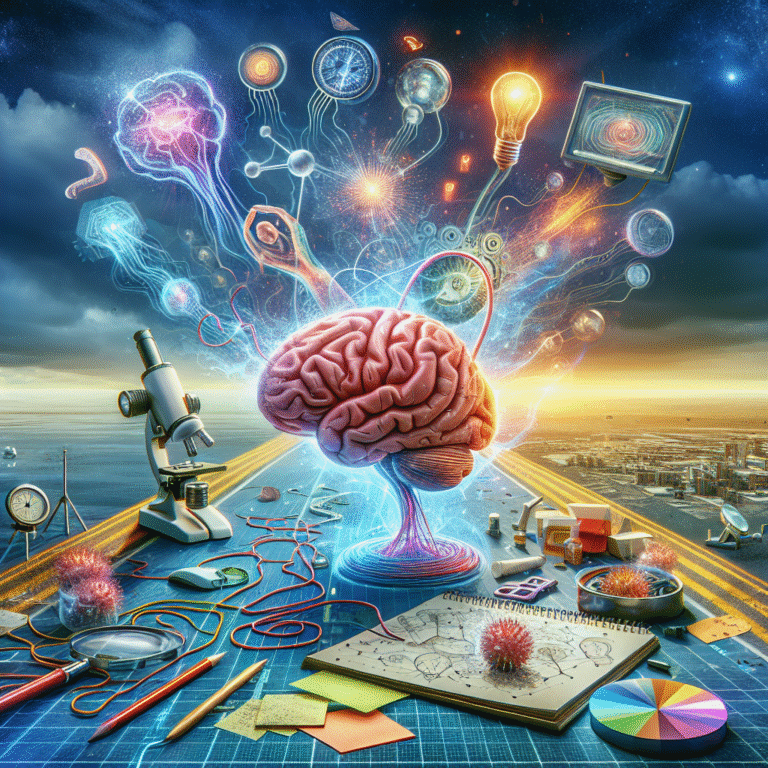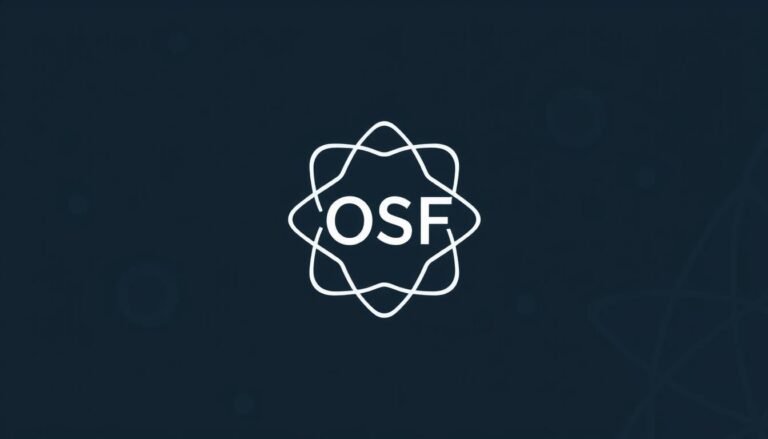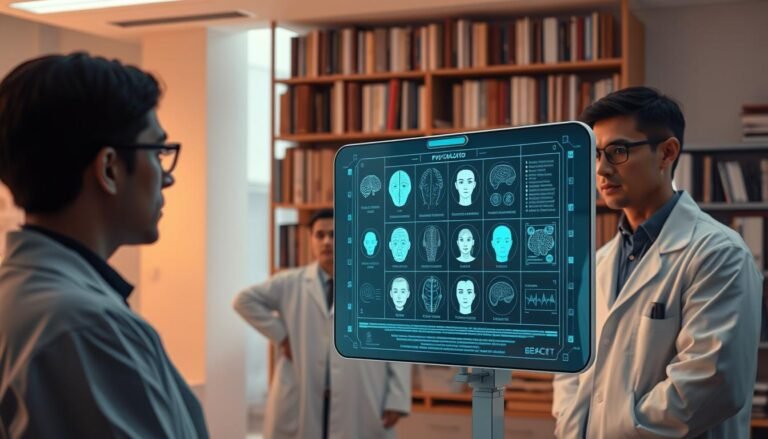
Introduction
In today’s fast-paced world, the ability to solve problems effectively is more crucial than ever. As challenges become increasingly complex, organizations are discovering that problem solving in teams: harnessing collective intelligence can lead to innovative solutions that far exceed what any individual could achieve alone. Imagine a scenario where diverse minds come together, each contributing unique perspectives and expertise. This synergy creates an environment ripe for creativity and excellence, transforming ordinary challenges into golden opportunities.
In this article, we’ll explore how to cultivate and leverage collective intelligence within teams. We’ll provide practical insights, case studies, and actionable strategies that you can implement to enhance your team’s problem-solving capabilities.
The Essence of Collective Intelligence
What is Collective Intelligence?
Collective intelligence is the shared or group intelligence that emerges from collaboration and collective efforts. It stems from the idea that diverse viewpoints lead to better decision-making. As the famous mathematician and philosopher Henri Poincaré stated, "Intelligence is the ability to adapt to change." When harnessed effectively, collective intelligence represents a formidable tool for problem-solving in teams.
Why Collective Intelligence Matters
- Diverse Perspectives: Teams composed of individuals with varying backgrounds, experiences, and skills yield broader insights.
- Improved Problem Solving: Diverse teams are more agile and can tackle complex problems more effectively through collaboration.
- Increased Engagement: Involvement in collaborative problem-solving fosters a sense of ownership and engagement among team members.
The Dynamics of Problem Solving in Teams
Understanding Team Dynamics
Every team has unique dynamics influenced by its members’ personalities, roles, and relationships. Recognizing these dynamics is essential for effective problem solving in teams.
Key Elements of Team Dynamics
- Roles and Responsibilities: Clearly defined roles help members understand their contributions to the team’s objectives.
- Trust and Communication: Open channels of communication and mutual trust enhance collaboration and problem-solving efforts.
- Conflict Resolution: Encouraging healthy debate and differing opinions can lead to innovative solutions.
The Role of Leadership
Guiding Collaborative Problem Solving
Effective leadership plays a critical role in steering teams towards successful problem-solving. Leaders must cultivate an environment that encourages collaboration and innovation.
Case Study: Google’s Project Aristotle
Google embarked on an initiative to determine what makes effective teams. Their research revealed that psychological safety—in which team members feel safe to take risks and voice their opinions—is the most crucial factor. This underscores the importance of leadership in fostering an environment conducive to collective intelligence.
Techniques for Harnessing Collective Intelligence
Brainstorming and Ideation
Brainstorming is a widely used technique to stimulate creative thinking. However, not all brainstorming sessions yield fruitful results. To maximize effectiveness:
- Set Clear Objectives: Define the problem and the desired outcome beforehand.
- Encourage Open Dialogue: Create a space where all ideas are welcomed, no matter how unconventional.
Table 1: Brainstorming Techniques
| Technique | Description | Applications |
|---|---|---|
| Mind Mapping | Visual representation of ideas connecting to a central concept | Creative problem solving, organizing thoughts |
| Round Robin | Each team member takes turns sharing ideas | Ensuring every voice is heard |
| SCAMPER | Substitute, Combine, Adapt, Modify, Put to another use, Eliminate, Reverse | Innovation and product development |
Group Decision-Making Models
Different decision-making models can aid collective intelligence in making sound choices.
- Consensus Decision Making: Everyone must agree on the decision, ensuring full buy-in.
- Nominal Group Technique: Individuals generate ideas and rank them, prioritizing the best solutions.
Case Study: W.L. Gore & Associates
W.L. Gore is known for its flat organizational structure, which encourages decision-making at all levels. Their unique approach to problem-solving promotes collective intelligence by valuing every employee’s input and expertise.
Utilizing Technology for Collaboration
With the rise of remote work, technology has become instrumental in enhancing team collaboration. Technologies such as Slack and Trello allow teams to collaborate effectively regardless of location.
Chart 1: Collaboration Tools Comparison
| Tool | Features | Best Suited For |
|---|---|---|
| Slack | Instant messaging, file sharing | Quick communication |
| Trello | Task management, visual project tracking | Organizing workflows |
| Miro | Virtual brainstorming, collaborative whiteboards | Creative ideation sessions |
Challenges in Problem Solving in Teams
Common Pitfalls
- Groupthink: The desire for harmony can stifle dissenting opinions, leading to poor decision-making.
- Unequal Participation: Dominant voices can overshadow quieter members, limiting the group’s collective intelligence.
Overcoming These Challenges
- Encourage Dissent: Foster an environment where differing opinions are welcomed.
- Rotate Facilitation Roles: Assign different members as facilitators to promote diverse leadership styles.
Measuring Collective Intelligence
Key Performance Indicators (KPIs)
Tracking the effectiveness of problem-solving efforts can guide future strategies. Potential KPIs include:
- Time to Solution: Measure how long it takes a team to solve a problem.
- Quality of Solutions: Evaluate the effectiveness of the implemented solutions.
- Team Satisfaction Levels: Assess team members’ satisfaction with collaboration and the decision-making process.
Case Study: Pixar Animation Studios
Pixar conducts regular post-mortems to analyze project outcomes and team dynamics. By assessing what worked and what didn’t, they can refine their approach to collective intelligence and problem-solving.
Conclusion
Problem solving in teams: harnessing collective intelligence is not just a buzzword; it is a vital component of organizational success. By valuing diverse perspectives, fostering open communication, and leveraging modern technology, teams can create an environment that promotes collaboration and creativity.
As we move forward, it’s essential to remember that the key to harnessing collective intelligence lies in creating a culture that celebrates teamwork and harnesses the unique strengths of every individual.
Actionable Insights
- Establish clear communication channels.
- Encourage diverse thinking through structured brainstorming sessions.
- Leverage technology to facilitate collaboration, especially in remote settings.
In a world where challenges emerge constantly, teams that can work together effectively will outshine competitors and innovate boldly. Let’s embark on this journey and unlock the full potential of our collective intelligence.
FAQs
1. What is collective intelligence?
Collective intelligence refers to the shared or group intelligence that emerges from collaboration within a team, leading to better decision-making and problem-solving.
2. How can I improve my team’s problem-solving skills?
Improve skills by fostering an open environment for discussion, using effective brainstorming techniques, and employing diverse decision-making models.
3. Why is leadership important in team problem-solving?
Leadership is crucial for guiding the team, creating a safe environment for sharing ideas, and ensuring that all members feel valued.
4. What are some common challenges in team problem-solving?
Challenges include groupthink, unequal participation, and a lack of structure in discussions.
5. How can technology help in team collaboration?
Technology provides tools for instant communication, project management, and collaborative brainstorming, facilitating better teamwork and problem-solving capabilities.
By focusing on problem solving in teams: harnessing collective intelligence, organizations can pave the way for greater innovation, efficiency, and success. Embrace the collective wisdom, and watch your team thrive!


